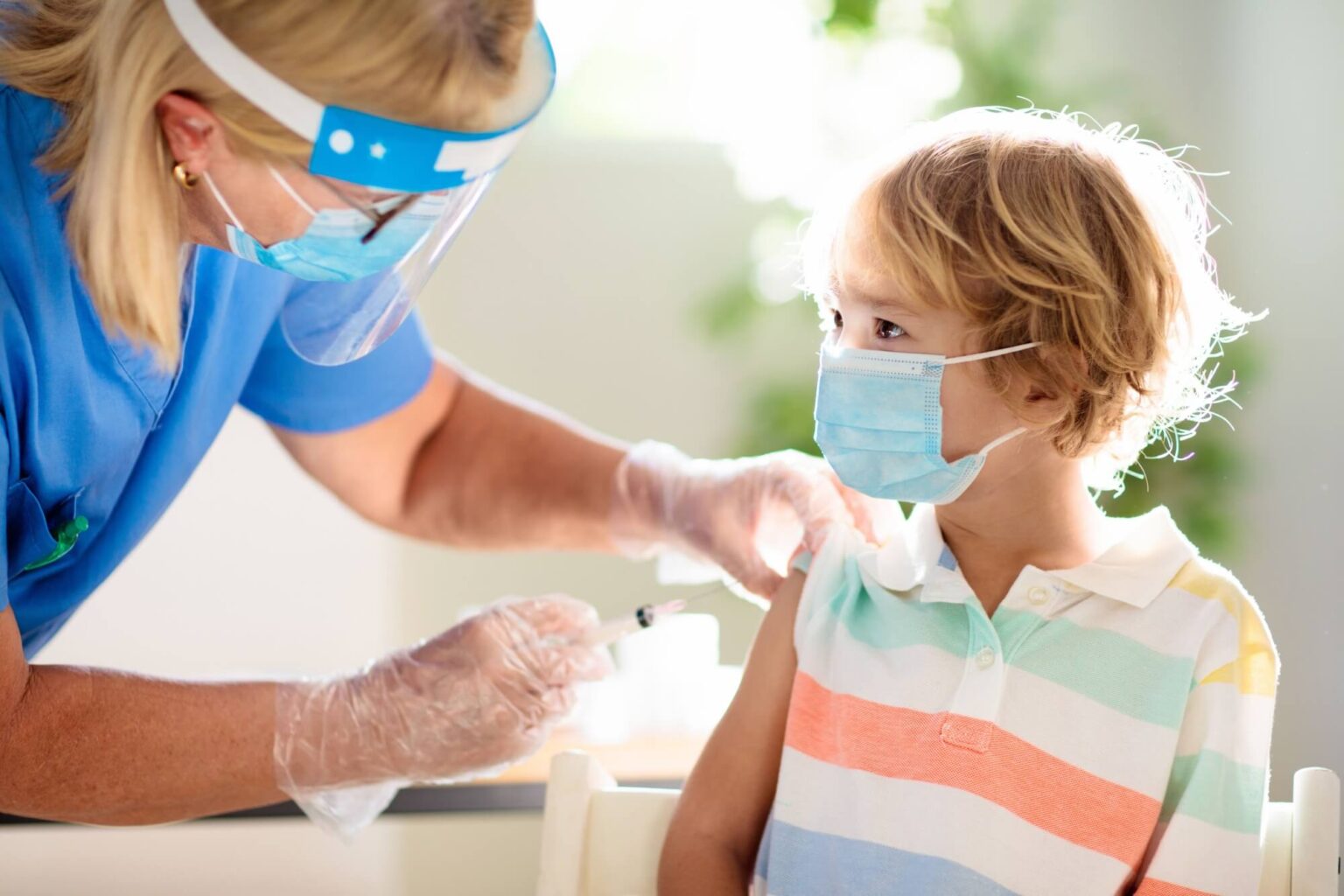Immunizations are a foundation part of preventive healthcare for children and teens. The American Academy of Pediatrics and the Centers for Disease Control each has recommendations that suggest immunizing children starting at birth. The current vaccination schedule for children contains a list of 12 vaccines that protect against 16 dangerous diseases. The vaccines contain components designed to help the immune system develop antibodies that can fight against future infections. These components may be weakened or inactivated versions of a virus or bacteria or they may contain only parts of a bacterium combined with other proteins. Others, such as the tetanus and diphtheria vaccines, do not contain the bacteria, but rather introduce an inactivated toxin produced by them.
Did you know…
that your child may need a modified vaccination schedule if you plan to travel outside of the country with him or her? According to the Centers for Disease Control, nearly 2 million children travel internationally every year. Those children are susceptible to diseases that are all but eradicated in the U.S. and Canada. For example, there has not been a documented case of Polio in America in 20 years, yet the disease still plagues many people in Africa and parts of Asia. If your child has not yet completed the recommended vaccination schedule, talk to your pediatrician about an accelerated schedule prior to travel. Other preventive measures, such as medications that help prevent malaria, may also be necessary depending on your destination.
Frequently Asked Questions
When should my child get an immunization?
Your child will probably get his or her first vaccination – the hepatitis B shot – in the hospital after birth. A second dose may be administered at the 2 month check-up, during which time your child may also receive immunizations for rotavirus, diphtheria, pertussis, tetanus, HIB, PCV, and polio. Additional booster vaccines will be necessary periodically. Beginning at age 1, your child will also start receiving vaccinations for chicken pox, measles, mumps, rubella and hepatitis A. Vaccines for meningitis are not given until age 11 or 12. Be sure to speak with your child’s pediatrician about when to start administering annual flu shots.
How can I calm my child during a vaccination visit?
Vaccinations are not pleasant for children. Once children are old enough to associate shots with the doctor’s office, they may resist going. Try distracting your child with a favorite toy or book brought along for play in the waiting room. You can also comfort your child by holding him or her while the shot is administered. Finally, offer a reward your child can look forward to after the appointment, such as dinner at a favorite restaurant.
Will my child experience any side effects as a result of immunizations?
Although vaccines are considered safe by the AAP and CDC, there is a possibility of side effects. Of those children who do experience side effects, most have only minor symptoms, such as a low-grade fever or soreness at the site of the injection. Other temporary symptoms may include joint pain, headaches, nausea, cough, diarrhea and upper respiratory infections. The risk of serious or severe side effects is very low but you should discuss them with your child’s pediatrician prior to getting vaccines.





